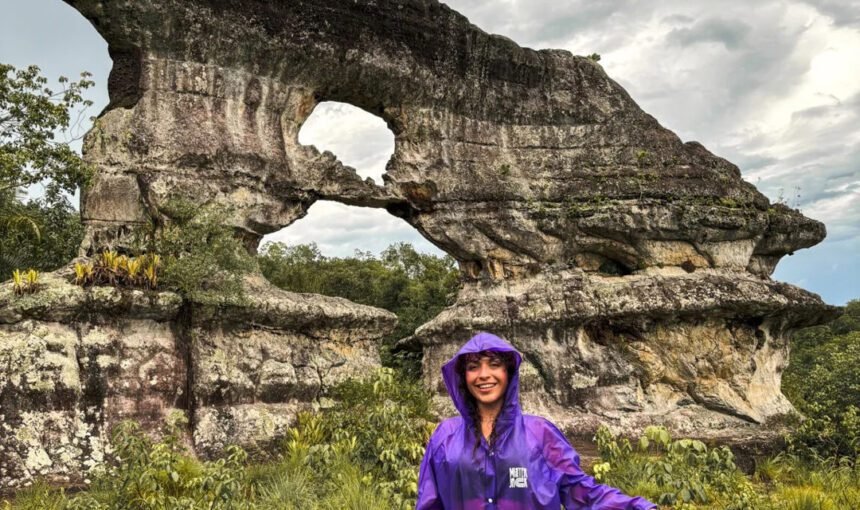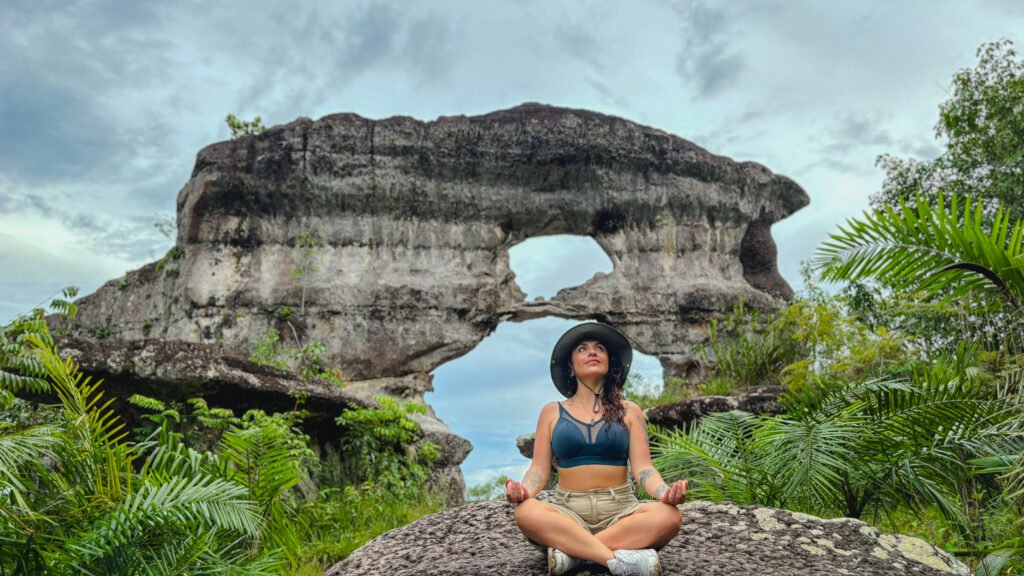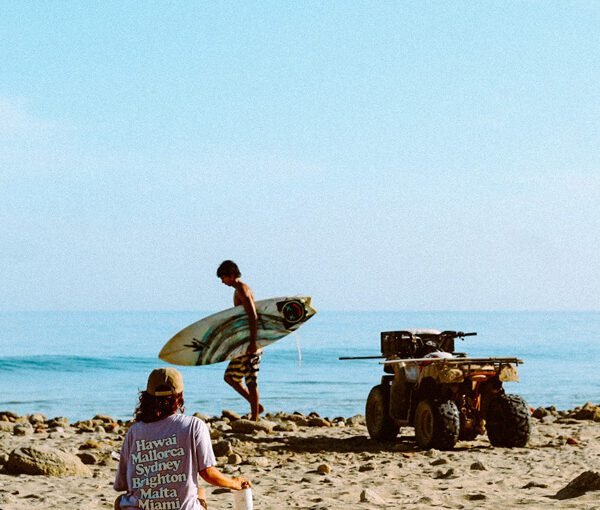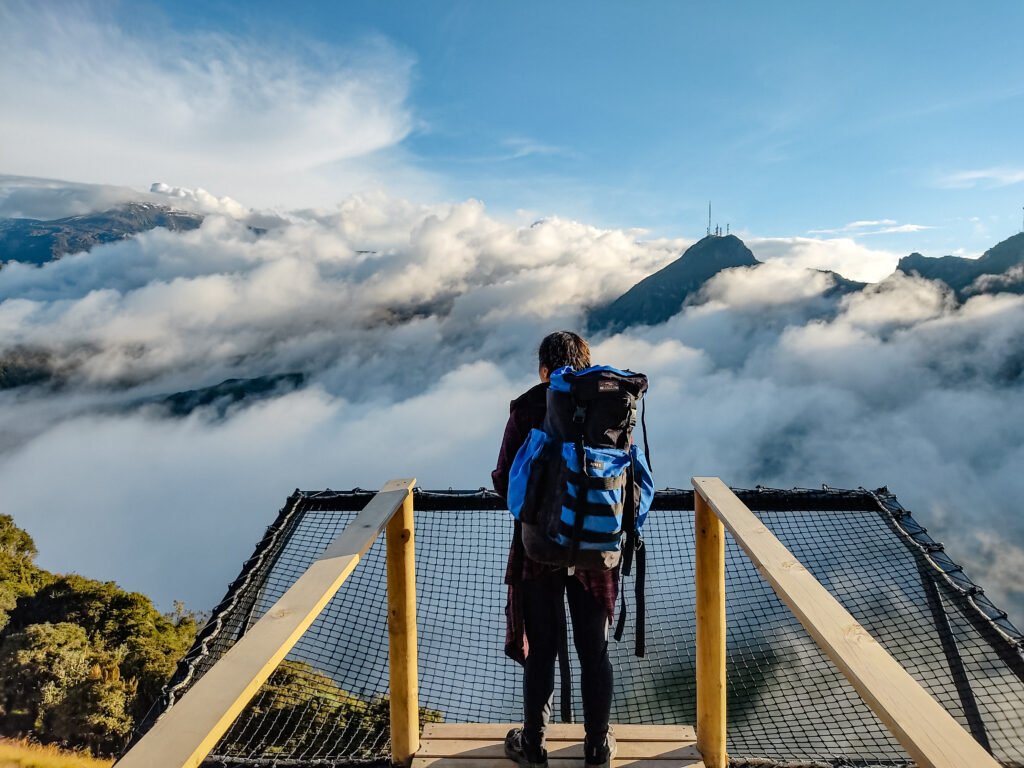Traveling through Latin America taught us that managing money can be a real headache. Between bank restrictions, hidden ATM fees, slow transfers, and unfavorable exchange rates, sometimes it felt like the trip was costing more than planned. That’s where Phanter Wallet completely changed the game.
Phanter Wallet and Inex Card for travel Using Inex Card for digital nomads
As travelers, traders, and digital nomads, we need solutions that allow us to move with freedom and security. Phanter Wallet gave us exactly that: a borderless crypto wallet that lets us send, receive, and manage cryptocurrencies without relying on traditional banks, with seamless integration with the Inex Virtual Mastercard.
💼 What is Phanter Wallet?
Phanter Wallet is a non-custodial crypto wallet, which means you are the only one in control of your funds. It doesn’t require KYC to start using it, and its interface makes sending, receiving, and managing crypto simple and fast.
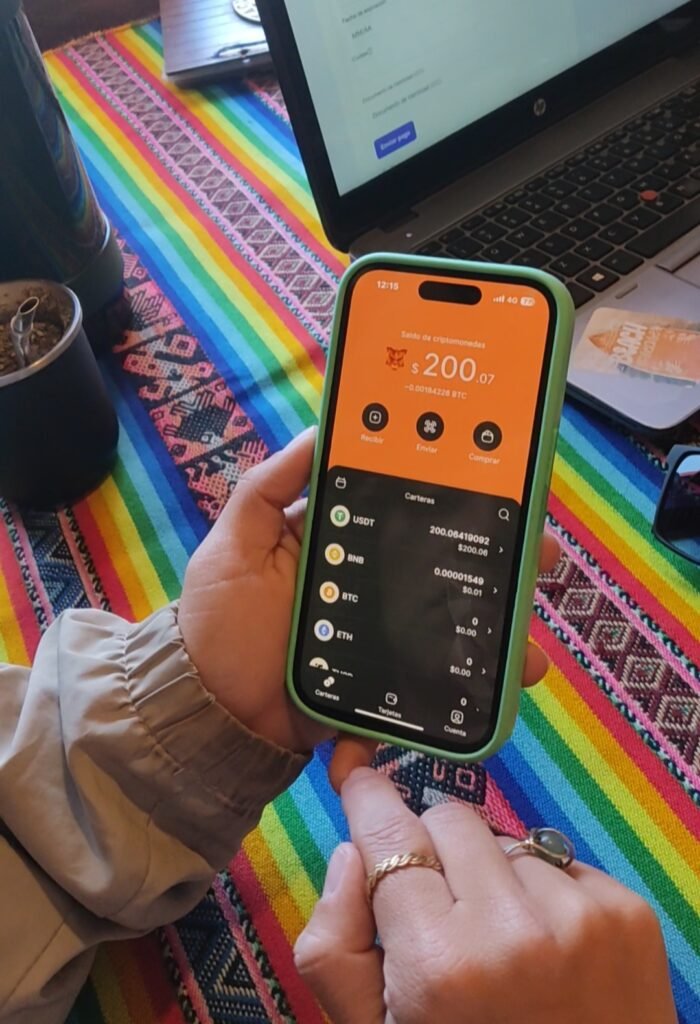
It integrates directly with the Inex Virtual Card, allowing us to use our cryptocurrencies as real money anywhere in the world. Plus, we can top up the card directly from the wallet, eliminating the need for banks, slow transfers, or expensive currency conversions.
With Phanter Wallet, our travel experience changed radically: we can pay for Airbnb, cafés, tours, apps, and even online purchases like Meta Ads or website hosting, all with clear fees and high limits, worry-free.
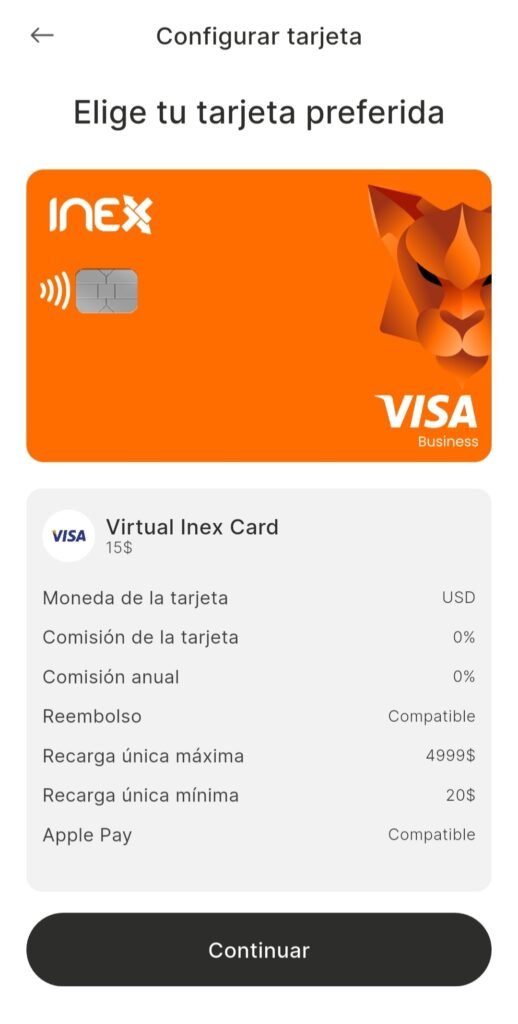
💳 Inex Virtual Card: Your Borderless Crypto Mastercard
The Inex Virtual Card is a Mastercard linked to Phanter Wallet, accepted in over 176 countries and 50 million merchants. It works for both physical and online payments, and is compatible with Apple Pay and Google Pay.
Key Benefits:
- Payments online and in-store anywhere in the world.
- High limits: up to $100,000 per month.
- No KYC: ideal for digital nomads seeking freedom.
- Clear fees: $50 USDT issuance, $20 initial deposit, 2.5% reload, $0.25 per transaction.
- No monthly maintenance fees.
For travelers like us, this card means real financial freedom: we can pay for Airbnb, Spotify, tickets, tours, and more without going through Western Union or banks with outrageous fees. Plus, the backing of Sunrate Bank and Mastercard gives us peace of mind that our funds are globally secure.

🌟 Advantages for Travelers and Digital Nomads
With Phanter Wallet and the Inex Card:
- Real financial freedom: pay directly with crypto anywhere in the world.
- Fast, secure transfers: no dependence on banks or middlemen.
- Total flexibility: we use USDT and BNB for daily expenses and BTC and ETH as a store of value while exploring new destinations.
Our personal experience confirms that it’s possible to travel without worrying about hidden fees or poor exchange rates. Even large purchases, like Lorena’s ukulele, tours, or digital project payments, are much easier with this card.
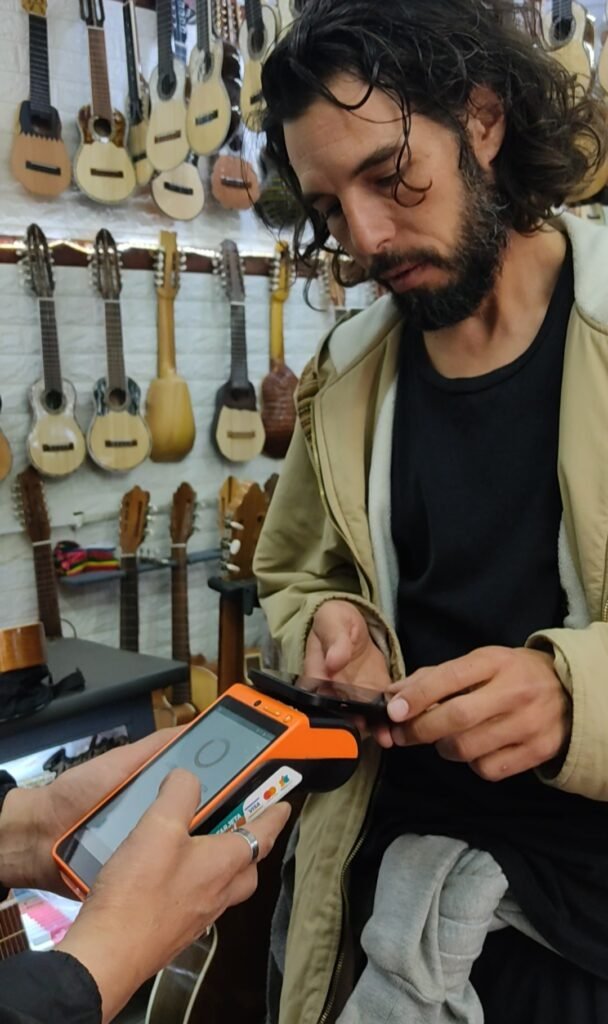
🚀 How to Get Started
- Download Phanter Wallet from the App Store or Google Play.
- Create your account: enable 2FA and verify your email.
- Issue your Inex Virtual Card and start using it for global payments.
If you want to travel without financial borders, try Phanter Wallet and discover how your cryptocurrencies can turn into real freedom.


